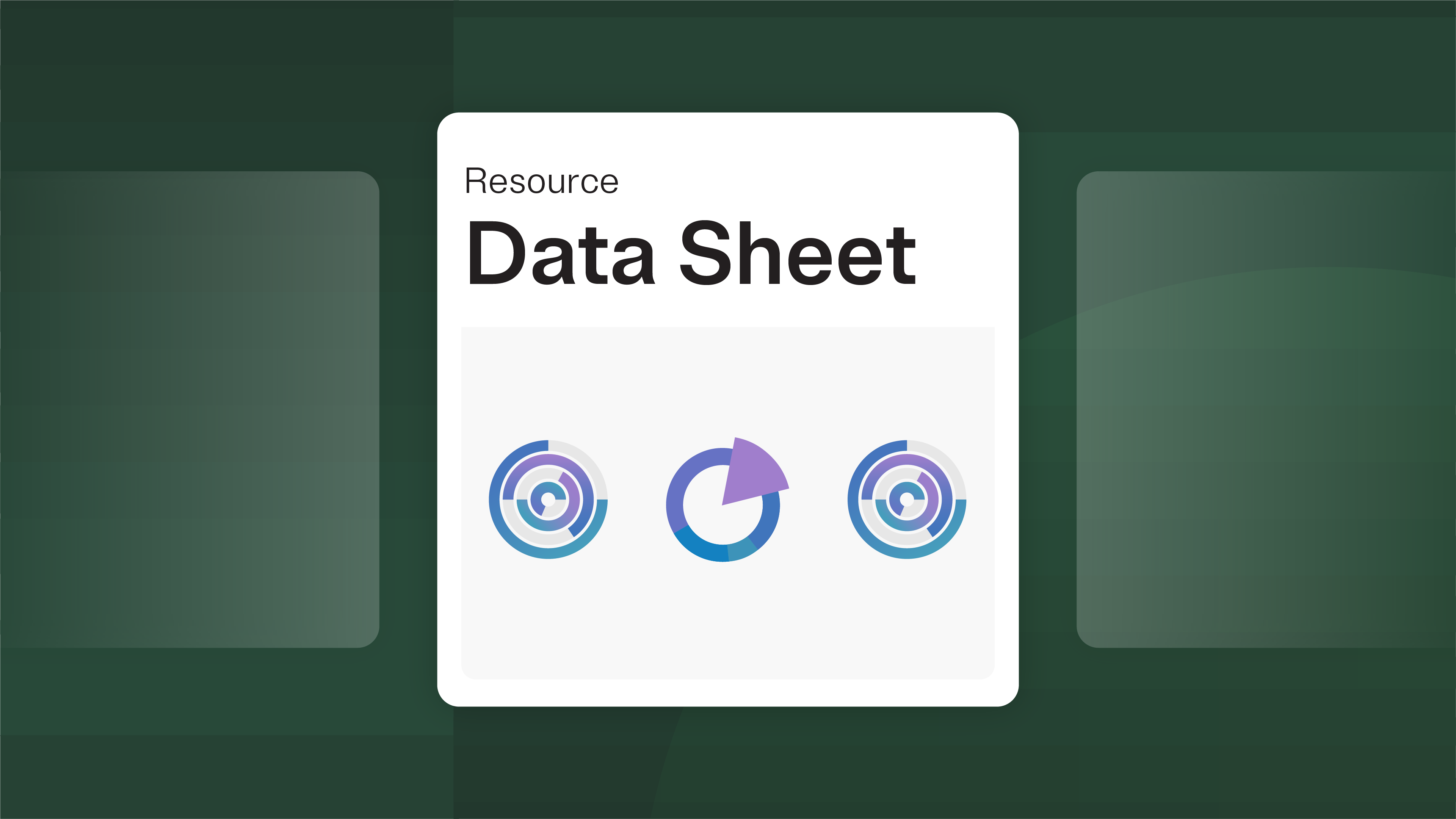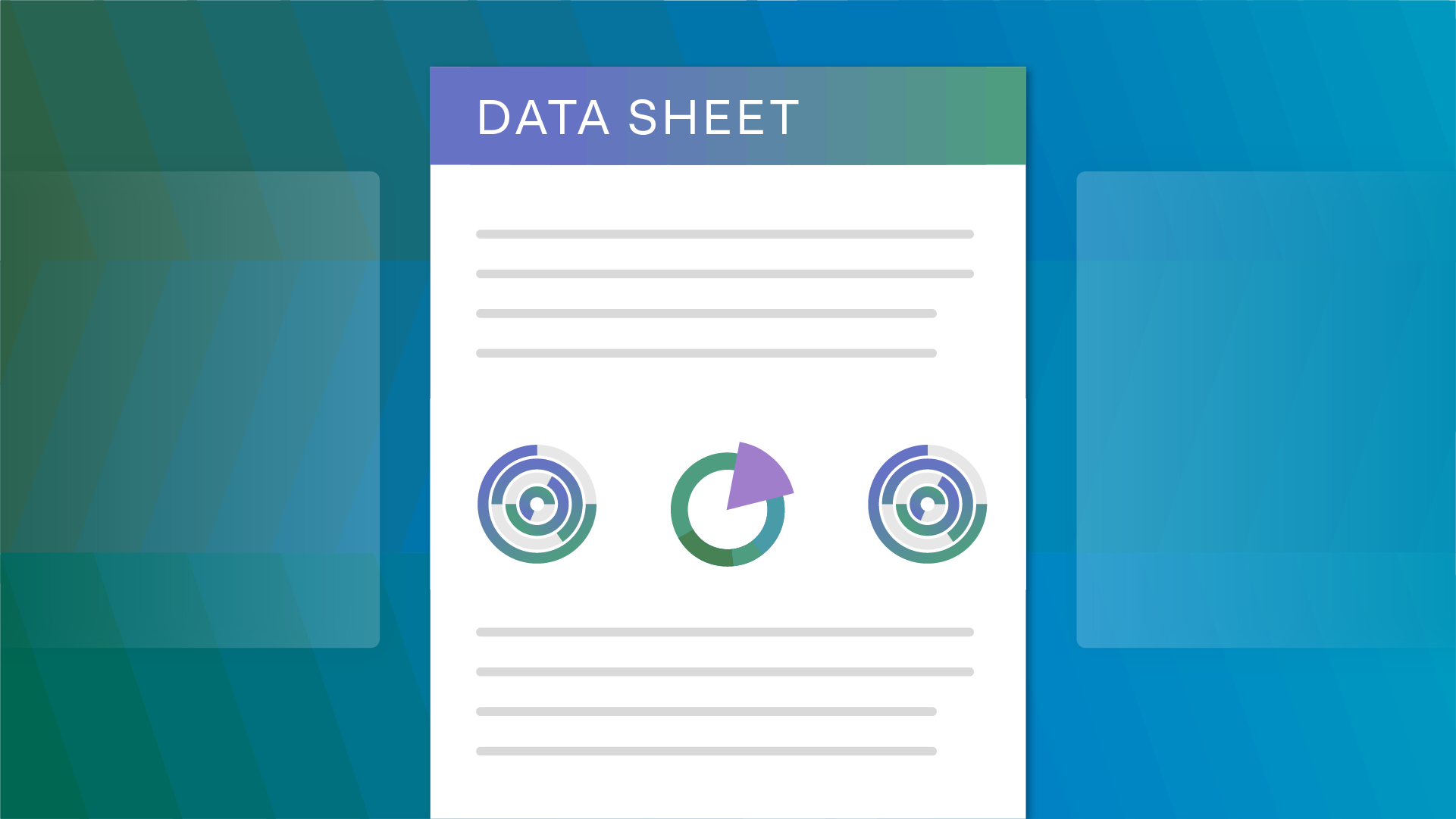When running a data governance program, it’s good to follow certain best practices to make sure your program is efficient and effective.
Let’s look at the top six data governance best practices to follow to ensure your program delivers.
- Know your data. All your data
- Organize it
- Keep up with your data throughout the lifecycle
- Make privacy and data security the default
- Get business buy-in
- Set goals and metrics
1. Know your data. All your data
It’s tough to have an effective data governance practice without knowing everything about your organization’s data.
When you start the practice of data governance across the organization, the best place to begin is by knowing the extent of data you have, and where exactly it sits. Tools, such as Data Discovery, can help with this process and give you a perfect base to develop an effective structure.
All data needs to be considered, including metadata and unstructured data from collaborative tools, SaaS applications, and other shared files.
2. Organize it
After knowing how much data your organization produces, what categories and sensitivity levels, and where it sits, it’s time to organize it. Make sure to clearly define how your organization interprets, classifies, and processes data based on the sensitivity level and policies in place, establishing a single source of truth.
Keep the business context of your data in mind as well. This way the taxonomy and business rules that apply to your data can be applied to your catalog, making it an intuitive experience to use.
The use of this data catalog is twofold.
- It provides easy data access across the organization, avoiding a lot of confusion as to where data is located.
- It acts as a master locker, setting rules for access for different seniority levels and roles, providing data on a need-to-know basis.
Having this clear data organizational structure is the foundation of a well-oiled data governance machine.
3. Keep up with your data throughout the lifecycle
As your data continues to flow through your organization, take a closer look at every stage of its lifecycle. Manage your data effectively at every stage, with policies on the acquisition, storage, transfer, and disposition of data.
While developing policies and processes throughout the data lifecycle, look at how these processes interact with each other. Breaking up the data governance process into multiple sub-items and smaller milestones is the best way to build a cohesive strategy throughout your organization.
Establishing ownership, or data stewards, for your data at each stage of the lifecycle across departments is also vital to ensuring that these processes are followed the right way and any violations are immediately flagged and rectified from the source.
4. Make privacy and data security the default
Privacy and security are two of the most important things to keep in mind when you think about data. Staying compliant with privacy regulations while having necessary security protocols in place for your data should be a necessary element of your data governance policy.
Keep data privacy in mind and ‘bake it in’ when developing processes for your organization’s data, developing checks and balances in your privacy policies. This way, ensuring compliance with privacy regulations (and special categories of data) no longer requires a makeshift reactionary process.
On the security front, implement controls to reduce risk levels while enabling business as usual. Understand your security requirements to avoid conflicting programs and duplicating efforts.
5. Get business buy-in
Make the business case for data governance to key stakeholders across departments, getting their buy-in to ensure that these policies are circulated and followed throughout key areas of the organization. Whether you choose to have a centralized or de-centralized structure in your data governance program, having data stewards throughout your organization is vital.
These data stewards, who assume responsibility for data in their respective departments, make the difference between a great data governance policy on paper and one in practice.
6. Set goals and metrics
Keep mechanisms and metrics in place to monitor, evaluate, and improve your processes over time. Having goals as markers of your data governance program’s effectiveness is a good way to benchmark your organization’s progress. Make sure the metrics you use are clear indicators of the performance of your data governance policies and processes, and avoid the trap of metrics for the sake of metrics.
The main thing to keep in mind when developing and executing your data governance program is that this is a set of processes for the long haul. While quick wins are great to keep the morale up in this journey, look to set up a data structure for longevity that ensures that the people, processes, and technology in your organization are all on the same page.
































